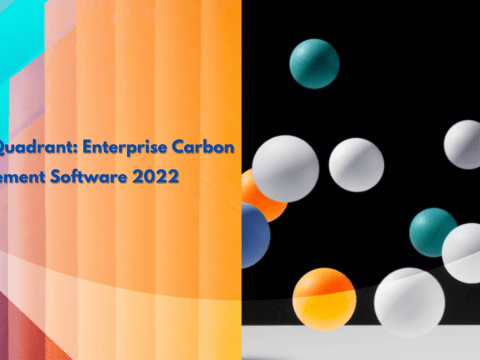
In order to meet the Paris Agreement’s goal of limiting the global temperature increase to below 1.5°C, it is necessary not only to reduce carbon emissions quickly but also to continuously remove and store existing and future excess atmospheric carbon dioxide. This will require a broad array of mitigation activities, including a transition away from fossil fuels, emissions reduction programmes and carbon emissions offsetting through carbon credit markets.1 At their core, carbon credits are a financial technology that enables capital to flow towards a variety of direct, verifiable actions for mitigating the impact of the changing climate. Many jurisdictions manage carbon crediting for organizations and municipalities via regulatory bodies (these are regulated carbon markets), while much of the private sector participates increasingly in voluntary carbon markets. In this paper, “carbon markets” refers to both.
Carbon markets have come under heavy criticism for their lack of transparency, accessibility, equitability and quality. Despite broad corporate interest, they also remain underused and fragmented. Along with this criticism, and the
growing demand for effective and high-quality carbon credits, there is a renewed enthusiasm for applying emerging technologies and new approaches to expand the reach, credibility and scalability of carbon markets. However, significant work still needs to be done. This paper touches on the myriad challenges facing current carbon markets and suggests an ambitious path forward so that they can deliver positive long-term environmental, social and economic impact.
Innovative technological and social infrastructure play equal roles in enabling the next generation of digital carbon markets. This paper focuses on emerging forms of distributed ledger technology (DLT) and their applicability to carbon markets, although this is just one of the many technologies needed to fully enable a digitally native carbon market. DLT allows carbon credits to be represented as universally unique data entities in a digital end-to-end environment. Doing so makes it possible to verify a credit’s provenance, track its secondary exchange and retire it permanently, without the need for centralized intermediaries.
The lead authors of this briefing paper are: Evîn Cheikosman, Director, Blockchain Law for Social Good Center, University of San Francisco; Policy Analyst, CISA, World Economic Forum, USA (2020–2023); Josh Knauer, Co-Founder, ReSeed.farm; Lauren Serota, Advisor, Funga.
Resource Sponsored By

Please fill out the form to access the content








